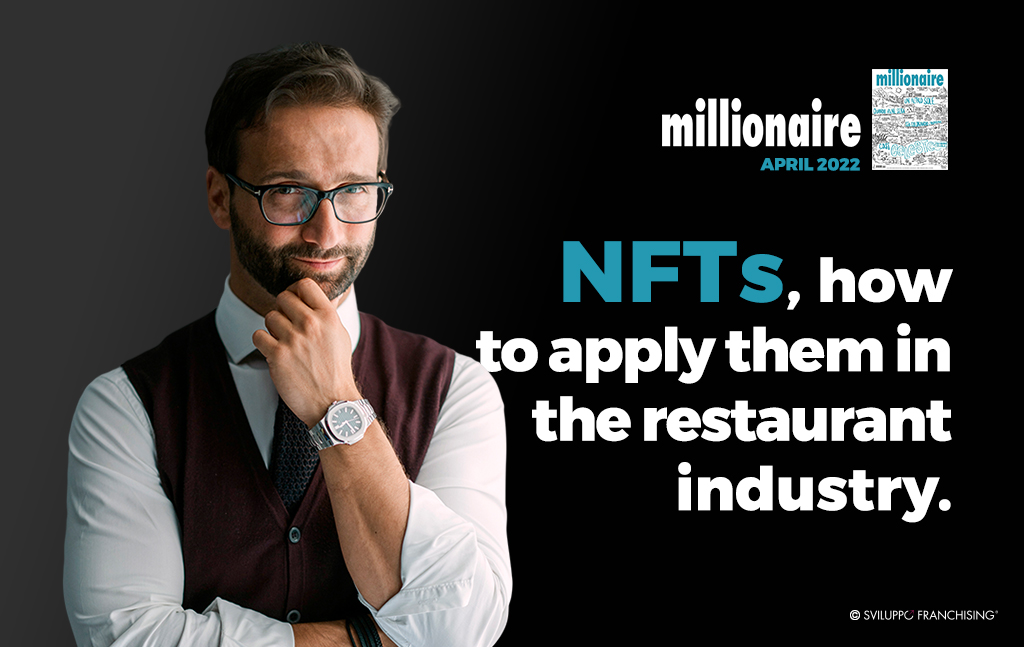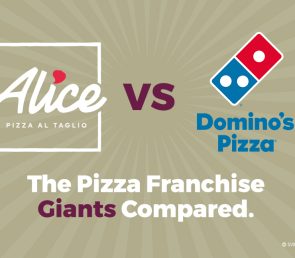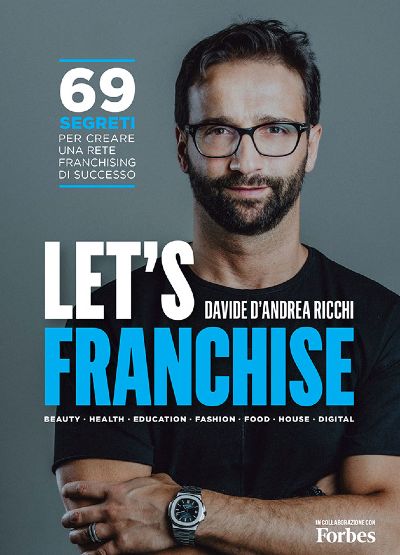
NFTs, How to Apply Them in the Restaurant Industry
I couldn’t ignore one of the current business phenomena. The NFT craze is spreading across many sectors, including chains.
McDonald’s, Burger King, are some of the chains that have launched initiatives in this sector, following the pioneer, Taco Bell, which holds the record for being the first fast-food chain to launch an NFT collection. While other restaurateurs promote unique initiatives (as we’ll see throughout this article). But the question I’d like to share with you is: are they really useful or just representing mere commercial speculation?
What are NFTs potentially useful for in the food industry?
Before analyzing the pros and cons of NFTs applied to food, let’s consider why a business should adopt NFTs. Generally, NFTs serve to:
- Create greater engagement;
- Launch initiatives to make customers feel exclusive;
- Innovate the company’s image;
- Offer special deals and provide users with unique tasting experiences, participation in private events;
- Provide opportunities for promotions/discounts;
- Create new revenue streams for the restaurateur and the customer.
These are some of the major reasons that will become even clearer to you with some examples.
For example, Taco Bell launched an NFT collection, putting the proceeds to charity (innovating the brand’s image on the sustainability front) and then offering a $500 voucher to those who purchased them to spend at the chain’s restaurants (thus offering promotions and discounts).
While Burger King, with the Keep it Real Meal initiative, offers its consumers the opportunity to collect three NFTs downloadable with a QR Code from the packaging of its products (thus creating greater engagement with the hunt to get the first three). Then giving away a special fourth one, with the possibility, for example, of having a conversation with one of the chain’s celebrity sponsors (thus providing a unique experience to the user).
Other restaurants have focused on NFTs well before their opening, such as the FlyFish Club opening in New York in 2023, which will only serve people who have purchased NFTs in the year preceding the opening (thus launching an initiative to make customers feel exclusive).
But let’s be honest, NFTs, in my opinion, seem like a commercial gimmick to foster loyalty, generate buzz, and perhaps earn a little extra money akin to a new loyalty/VIP card.
When transitioning from an analog to a digital medium, the risk is to replicate the same logic of a particular asset without adapting its nature to the new technological medium. One mistake that those approaching the NFT sector in food (as in other areas) must avoid is to see technology as a simple digital version of VIP Cards, where purchasing NFTs is just a gimmick to offer the usual benefits to users (such as discounts, invitations to tasting events, or the opportunity to try special menus).
In short, those who launch an NFT collection without thinking about what can truly make it unique for their customer and provide real added value are at risk of making a wrong investment.
The purpose of NFT collections is to convey emotional charge and/or long-term investment to the consumer. What could be better, for example, than making someone dine with their idol? Or making them feel part of a charity operation or a startup? Or even letting them earn by purchasing a valuable asset that grows over time?
Launching an NFT collection should be like launching a startup; it must have a real recognizable value proposition, a storytelling worthy of note, and a medium to long-term vision. In the food industry, as well as in many other sectors, they will work if they are implemented correctly. Otherwise, they will become different versions of VIP Cards, more expensive to make and harder to obtain for the less technologically skilled, and they will risk not changing the lives of either the restaurateur or the customer.







